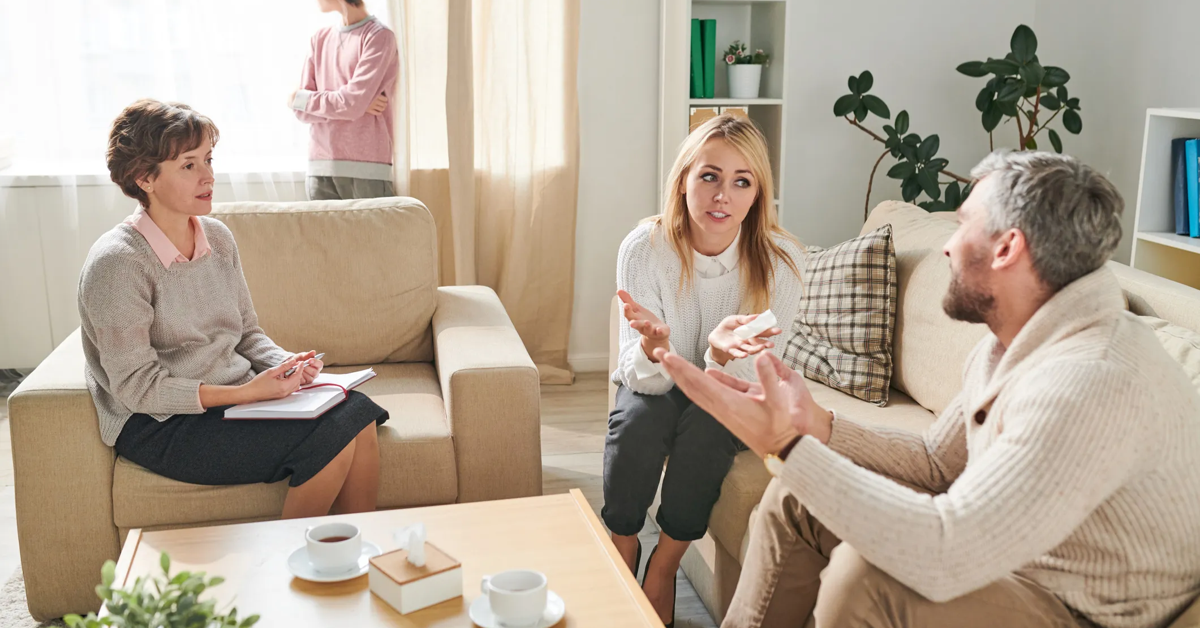Tubal reversal after 35 offers real hope to women who once thought motherhood was no longer possible. Life changes. A woman may feel certain about her decision to stop having children, only to find herself dreaming of another baby years later. If her tubes were tied, the road back to fertility may seem closed. But with today’s medical advancements, it may not be.
Many women in their mid-to-late 30s begin exploring whether tubal ligation reversal is realistic. They ask themselves if it’s too late, too risky, or too unlikely to work. These questions are normal, and the answers depend on your body, your history, and your goals. But one thing is clear: tubal reversal after 35 is not out of reach.
Doctors now perform reversal procedures with impressive success, even for women over 35. Whether your motivation is a new partner, healing after loss, or a change in perspective, your decision deserves respect. This guide explores how age impacts reversal and what you can expect emotionally, physically, and medically on your journey back to motherhood.
Why Age 35 Matters in Fertility
The age of 35 is often called a fertility milestone. This is because natural fertility begins to decline more noticeably after this point. Hormone levels shift, ovulation becomes less predictable, and the quality of eggs slowly decreases. For women hoping to conceive after a tubal reversal, these factors become important.
However, 35 is not a barrier. It’s a marker. Many women get pregnant naturally well into their 30s and even early 40s. What changes after 35 is the need for a more personalized approach. Your age simply means your doctor will consider your case more carefully before moving forward.
If your cycles are regular and your health is strong, you may still have many fertile years ahead. The key is understanding how tubal reversal after 35 fits into your overall fertility picture. Age alone does not decide your future. A thoughtful medical evaluation will.
Is Tubal Reversal After 35 Still an Option?
Yes, reversal remains an option for many women over 35. Your eligibility depends more on how your tubes were tied and how much healthy tissue remains. Age is a factor, but not the only one. Many women are surprised to learn they still qualify.
Doctors will review your surgical records and may order imaging tests. These help assess how your tubes were closed and whether they can be reconnected. The type of sterilization, clips, rings, burning, or removal, affects how successful a reversal might be.
Women over 35 often have strong motivation and realistic expectations. This mindset, combined with a skilled surgeon and good pre-op planning, can make tubal reversal after 35 a solid option. If your tubes are healthy and your body is ready, the chance is real.
How Does Age Affect Success in Tubal Reversal After 35?
Age influences how quickly and easily you may conceive after the procedure. Women under 35 typically have higher success rates. But that doesn’t mean your chances are gone. Success rates for women in their late 30s still range from 40 to 70 percent.
The number depends on several things: tubal length, healing ability, and egg quality. These vary by individual. Some women over 35 conceive within months of the surgery. Others take longer or may need added support. The key is knowing your body and staying proactive.
Your doctor can perform fertility tests to estimate your ovarian reserve. This gives you a better picture of how fertile you are. When combined with a successful tubal reversal, even women in their late 30s can experience natural conception after reversal.
Preparing for Reversal in Your Late 30s
Preparation is essential. Before scheduling surgery, make sure your general health is strong. Conditions like high blood pressure, diabetes, or thyroid issues should be addressed first. A healthy body recovers faster and increases your chances of success.
Emotional preparation matters, too. Are you ready to try again? Have you discussed this with your partner? Pregnancy at 35 or older comes with unique challenges, and it’s important to feel supported and informed. This includes understanding both physical and emotional outcomes.
Gather your previous medical records, especially your sterilization report. Your surgeon needs this to evaluate whether tubal reversal after 35 is medically possible. Once your body and mind are aligned, you can move forward with confidence.
Understanding the Procedure After 35
The surgery is the same regardless of age, but recovery may take a little longer for women over 35. Doctors make a small incision near the bikini line and carefully reconnect the fallopian tubes. The process lasts one to two hours under general anesthesia.
Some surgeons use microsurgical techniques or robotic assistance. These methods increase precision and reduce the risk of scarring. Healing depends on how well your body responds, and age can slow recovery slightly. But many women bounce back quickly, even in their late 30s.
If successful, the fallopian tubes will function normally again. Eggs can travel through the tubes, meet sperm, and result in natural pregnancy. Getting pregnant after tubal reversal at this age is absolutely possible when the surgery goes well and ovulation continues.
Recovery: What to Expect With Tubal Reversal After 35
Most women return to light activities within a week and to full strength within three to four weeks. Rest, hydration, and avoiding heavy lifting are key during the first phase of healing. Pain is usually mild and managed with medication.
Your doctor will monitor your healing through follow-up visits. You may resume sexual activity once cleared, usually after four to six weeks. It’s important not to rush. Allow your body to recover fully before trying to conceive.
The emotional aspect of recovery is often overlooked. Hope, fear, excitement, all these feelings are common. Lean on your support system and talk openly about what you’re experiencing. The journey through tubal reversal after 35 involves both body and heart.
Success Rates for Women Over 35
Statistics vary, but many clinics report 40 to 70 percent success rates for women between 35 and 39. These rates drop slightly with each additional year, but individual cases vary widely. Your personal health and reproductive history play a large role.
Success is measured not only by pregnancy but also by live birth rates. Many women over 35 carry healthy pregnancies after reversal, especially when working with a trusted medical team. Early prenatal care helps monitor for risks like ectopic pregnancy.
Women who had their tubes tied with clips or rings tend to have higher success rates. These methods preserve more of the fallopian tubes, making tubal reversal after 35 more effective. Talk to your doctor about your surgical history to assess your chances.
Building a Support System for Pregnancy After 35
Getting pregnant after 35 is not just about biology, it’s also about the people around you. A strong support system can make your journey smoother, less stressful, and more joyful. Whether you’re relying on a partner, family, friends, or online communities, connection matters.
Support looks different for everyone. Some women need emotional reassurance. Others need practical help with older children, work responsibilities, or navigating doctor visits. Whatever your needs, building a safe and understanding environment is key during this time.
After tubal reversal after 35, you may experience a mix of excitement, hope, and anxiety. Talking openly with your support system helps release pressure and keeps you grounded. Share your hopes and fears with people you trust. You don’t have to do this alone.
Real Stories from Women Over 35
Many women share their experiences to inspire others. One woman reversed her sterilization at 37 and conceived naturally within a year. Another, age 39, had doubts but went through with surgery and welcomed a baby boy after trying for six months.
These stories prove that age isn’t a barrier,it’s a detail. With planning, medical guidance, and faith in your decision, motherhood after 35 is possible. Every journey is different, but success is real and achievable.
The emotional bond between these women and their babies is often stronger because of what they overcame. Choosing tubal reversal after 35 is a testament to hope, love, and the power of second chances.
Emotional Readiness for Motherhood Again
Being emotionally prepared is as important as being physically ready. Parenting after 35 often comes with more patience and perspective. You’ve lived, learned, and now feel ready to nurture a new life with intention.
Still, fears are normal. Will your body handle pregnancy? Will your child feel loved and supported? These questions reflect your care, not your capability. Talking to others and seeking counseling can help ease doubts.
Women who choose tubal reversal after 35 often find the experience deeply rewarding. They approach motherhood with clarity and strength. This chapter may look different than before, but it’s filled with meaning and joy.
Final Thoughts: Starting Over After 35
Choosing tubal reversal after 35 is a personal, hopeful, and brave decision. It means recognizing that your past doesn’t define your future. It means trusting your body again and believing in the possibility of new life.
While age introduces new factors, it doesn’t close the door. With the right care and a clear heart, motherhood after 35 can be beautiful and empowering. Medical options exist to support your dream, and many women just like you are living proof.
If your heart longs for another child, listen to that voice. Take the next step. Speak with a specialist. Ask the questions. Your journey is yours to shape, and your choice to try again is full of purpose, courage, and love.



